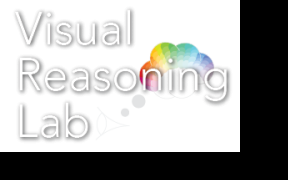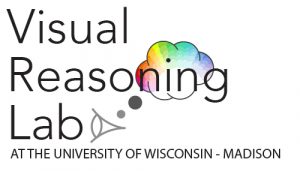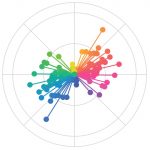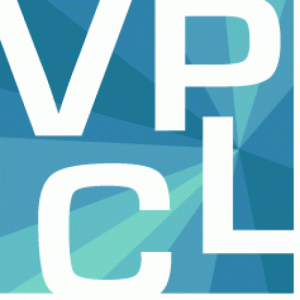Schloss, K. B., Lessard, L., Racey, C., & Hurlbert, A. C. (online 2017). Modeling color preferences using color space metrics.
Vision Research. Link
Schloss, K. B. & Palmer, S.E. (2017). An ecological framework for temporal and individual differences in color preferences. Vision Research, 141, 95-108. Link
Schloss, K. B., & Heck, I. A. (2017). Seasonal changes in color preferences are linked to variations in environmental colors: A longitudinal study of fall, i-Perception, 8, 6, 1-19. PDF
Schloss, K. B., Nelson, R., Parker, L., Heck, I. A., & Palmer, S. E. (2017). Seasonal variations in color preference. Cognitive Science, 41, 6, 1589-1612. Link
Yokosawa, K., Schloss, K. B., Asano, M., & Palmer, S. E. (2016). Ecological Effects in Cross-Cultural Differences Between U.S. and Japanese Color Preferences, Cognitive Science, 40, 7, 1590-1616.Link
Schloss, K. B. (2015). Color preferences differ with variations in color perception. Trends in Cognitive Science, 19, 554-555. Link
Schloss, K. B., Hawthorne, D. & Palmer, S. E. (2015). Ecological influences of individual differences in color preferences. Attention, Perception and Psychophysics, 77, 2803-2816. Link
Strauss, E. D., Schloss, K. B., & Palmer, S. E. (2013). Color preferences change after experience with liked/disliked color objects. Psychonomic Bulletin & Review, 20, 5, 935-943. Link
Taylor, C., Schloss, K. B., & Palmer, S. E., & Franklin, A. (2013). Color preferences in infants and adults are different. Psychonomic Bulletin & Review, 20, 5, 916-922. Link
Schloss, K. B., Poggesi, R. M., & Palmer, S. E. (2011). Effects of university affiliation and “school spirit” on color preferences: Berkeley vs. Stanford. Psychonomic Bulletin & Review, 18, 498-504. PDF
Palmer, S. E. & Schloss, K. B. (2010). An ecological valence theory of color preferences. Proceedings of the National Academy of Sciences, 107, 8877-8882. PDF
 Data stories is a podcast on data visualization with Enrico Bertini and Moritz Stefaner.
Data stories is a podcast on data visualization with Enrico Bertini and Moritz Stefaner.




 The Schloss Visual Perception and Cognition Lab welcomes our new Postdoc, Chris Racey! Prior to arriving at UW-Madison, Chris was a Post-doctoral Research Fellow working with Prof. Anna Franklin in the Sussex Colour Group (University of Sussex). Chris’s research focuses on color cognition and the neural representation of color. He investigates various aspects of color processing, including color preference, color naming, and low level visual representations, using behavioral, psychophysical and neuroimaging methods.
The Schloss Visual Perception and Cognition Lab welcomes our new Postdoc, Chris Racey! Prior to arriving at UW-Madison, Chris was a Post-doctoral Research Fellow working with Prof. Anna Franklin in the Sussex Colour Group (University of Sussex). Chris’s research focuses on color cognition and the neural representation of color. He investigates various aspects of color processing, including color preference, color naming, and low level visual representations, using behavioral, psychophysical and neuroimaging methods. If you are interested in applying to be a graduate student in the Schloss Visual Perception and Cognition Lab at the University of Wisconsin – Madison, please apply through the Department of Psychology
If you are interested in applying to be a graduate student in the Schloss Visual Perception and Cognition Lab at the University of Wisconsin – Madison, please apply through the Department of Psychology  The Living Environments Laboratory in the Wisconsin Institute for Discovery is pleased to announce the arrival of Dr. Karen Schloss and the Visual Perception and Cognition Lab. Dr. Schloss and her lab investigates how observers make predictions about objects and entities based on their cognitive and emotional responses to perceptual information. She joins University of Wisconsin in the Psychology Department.
The Living Environments Laboratory in the Wisconsin Institute for Discovery is pleased to announce the arrival of Dr. Karen Schloss and the Visual Perception and Cognition Lab. Dr. Schloss and her lab investigates how observers make predictions about objects and entities based on their cognitive and emotional responses to perceptual information. She joins University of Wisconsin in the Psychology Department.